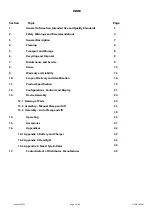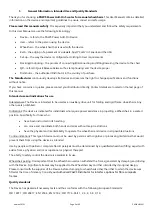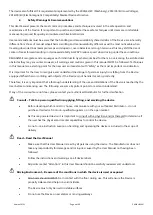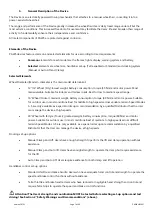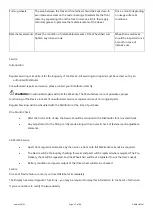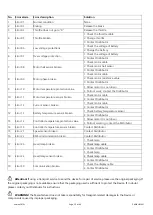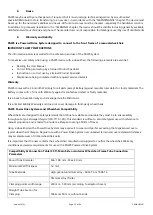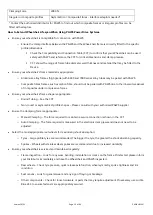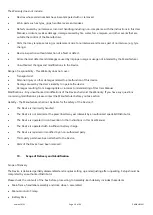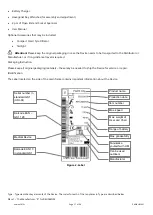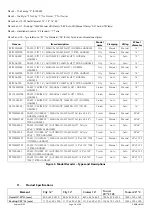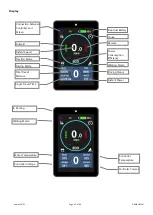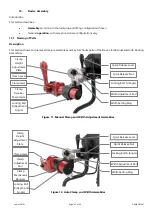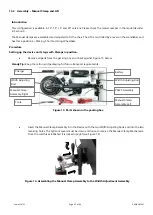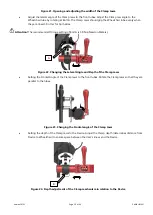
Version 10/21
Page 14 of 49
PAWS UM EN
Clamping Force
2000 N
Irregular or composite profiles
Asymmetric or Composite Fibres - interface adaptors needed*
* Contact the authorised distributor for PAWS to find out which composite frames or irregular profiles can be
fitted with adaptors.
How to Extend Wheelchair Lifespan When Using PAWS Power Drive Systems.
•
Ensure your wheelchair is compatible for connection with PAWS:
o
Ensure the clamp interface between the PAWS and the Wheelchair frame is correctly fitted to the specific
profile/dimensions.
▪
Check the Compatibility and Connection Table (CCT) to confirm that your Wheelchair can be used
safely with PAWS and reference the CCT for critical dimensions and clamp pressure.
▪
CCT shows the range of frame tube diameter, wall thickness and material that may be fitted to the
Device.
•
Ensure your wheelchair’s frame material is appropriate:
o
Aluminium alloy frames (high grade) with 6000 and 7000 series alloy tubes may be paired with PAWS.
o
Composite fibres frames, such as carbon fibre, should not be paired with PAWS due to the inherent weakness
of composites under compressive forces.
•
Ensure your w
heelchair’s frame shape is appropriate:
o
Round Tubing
–
See the CCT
o
Non-round or asymmetrical profile shapes
–
Please consult with your authorised PAWS supplier
•
Ensure the clamping force is appropriate:
o
Manual Clamping
–
The force required to maintain a secure connection is shown in the CCT.
o
Auto Clamping
–
The force required is measured in the electronic clamp jaws and does not need to be
adjusted.
•
Select the most appropriate rear wheels for maximising shock absorption:
o
Tyres - Large profile tyres are recommended. The bigger the tyre, the greater the shock absorbing capacity.
o
Spokes
–
Wheels with stainless steel spokes are recommended due to increased durability.
•
Ensure your wheelchair is serviced and maintained regularly:
o
Frame inspection
–
Look for any wear, bending, indentation or cracks on the frame. If detected, please inform
your Distributor immediately and have the Wheelchair and PAWS inspected.
o
Rear wheels
–
Check tyre pressure, quick release axle function, wheel symmetry, spoke tightness and rim
condition.
o
Seat canvas
–
Look for general wear and any sign of fraying or breakage
o
Other components
–
Check for loose hardware or parts that may require adjustment. If necessary, use Loctite
Blue 243 to ensure fasteners are appropriately secured.


